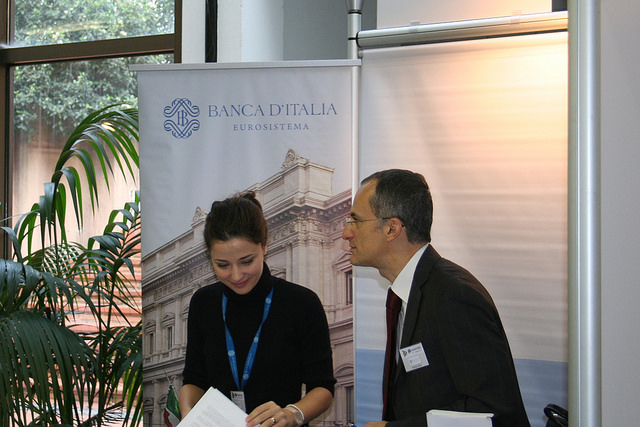Europe’s Efficient Currency
The Euro is the biggest changeover the world has experienced concerning money. More than three hundred Europeans currently use the Euro for their currency.
The original twelve European countries to use the euro for their currency include Austria, Belgium, Finland, France, Germany, Greece, Ireland, Italy, Luxembourg, the Netherlands, Portugal, and Spain. They are all members of the group known as the European Union. These countries span the area between the Mediterranean Sea and the Artic Circle and are often referred to as the Euro area.
Moreover, any principalities, territories, or possessions of Euro countries, including but not limited to French Guiana, the Canary Islands, Martinique, the Azores, and the Balearic Islands, have also changed their currency over to the Euro. Additionally, several other countries outside of the Euro area have established agreements to use the Euro for currency.
The Euro has been in existence since 2002, but was actually set in motion before then. It is available in bank notes as well as coins. The countries of Europe wanted to increase the prosperity of their economies and in 1957 set forth their objective to do so. In fact, the Treaty of Rome, created in 1957, established a common European market as an objective for achieving this prosperity, as well as bringing about a closer union of the European people.
The foundation for the Euro was further developed through the Single European Act of 1986 and the Treaty on European Union of 1992. They introduced the EMU or Economic and Monetary Union. Finally, in 1999, the participating currencies had their exchange rates irrevocably set in preparation for a single currency.
The Euro was conceived by eleven European countries whose concerted efforts forged a monetary union that developed a conversion rate among their currencies resulting in a single currency known as the Euro. On January 1, 2002, the Euro officially came into existence.
The old currencies were phased out gradually and no longer used as legal tender between January 1, 2002 and February 28, 2002. However, the Euro was still regarded to have financial or monetary value even after this time had passed. The Euro was introduced as seven bank notes whose designs are identical throughout the entire Euro area. The seven notes range in values and include denominations in Euro of 5, 10, 20, 50, 100, 200, and 500.
The Euro coins were also introduced on January 1, 2002. Each individual coin has a common European design on one side of each coin. On the flip side of the coin is a national symbol or design that varies according to the country.
However, all other details of the coins are identical throughout the region including the metal used and the weight of the coin. The national symbol of all future Euro coins must comply with specific guidelines that were set forth in a statement adopted in 2005 by the Council. The euro coins are legal tender throughout the entire Euro area.
On the face or front of the bank notes, windows and gateways are displayed in symbolism of the spirit of cooperation of the European nations. Additionally, the presence of the twelve stars of the European Union symbolizes the harmony that exists among these nations. On the reverse side or back of the note, bridges from different architectural periods in Europe symbolize the cooperation of these European nations with the rest of the world.
Although the European Central Bank holds the primary responsibility for the authorization of each banknote, twelve individual central banks from each of the Euro areas are responsible for the actual circulation of the notes.
The establishment of the Euro as a single currency has several beneficial implications for the Euro area. Specifically, the introduction of a single financial market leads to financial savings for borrowers and savers alike. Money is more readily available when the financing is secure. This, in turn, lowers the cost of doing business in the European market.
In fact, the economy as a whole for the Euro area should experience beneficial repercussions. Europe’s role as an international power, as well as its political integration, is reinforced with a stable currency. Doing business with European countries becomes more popular due to the existence of a single currency, the Euro.
On a smaller scale, the use of a single currency throughout the Euro area simplifies financial transactions for travelers. Currency no longer has to be exchanged with each new border crossing for vacations, business trips, or shopping excursions. Additionally, the use of a single currency thereby eliminates the difficulty of comparing prices and values. Likewise, competitive markets become a viable option when everyone is using the same currency and price comparisons are more easily calculated.
Furthermore, the Euro, as a respected currency, is accepted in many international areas, including popular tourist destinations, outside of the Euro area. The use of a common currency eliminates the fluctuations that are experienced when exchanging currency. It is more efficient, and therefore, more stable as an economic factor.










